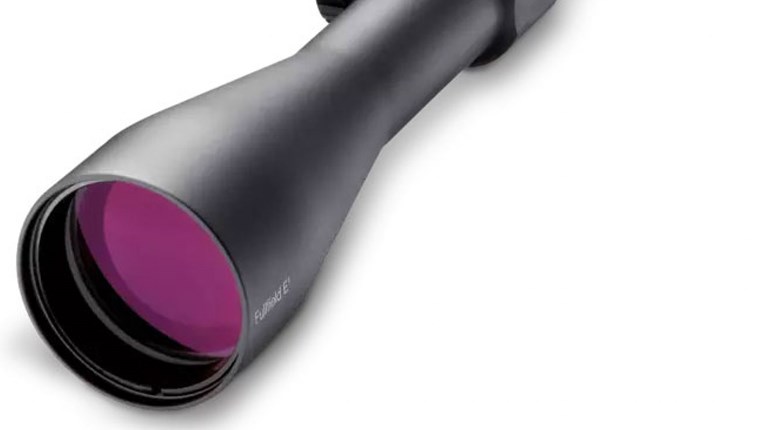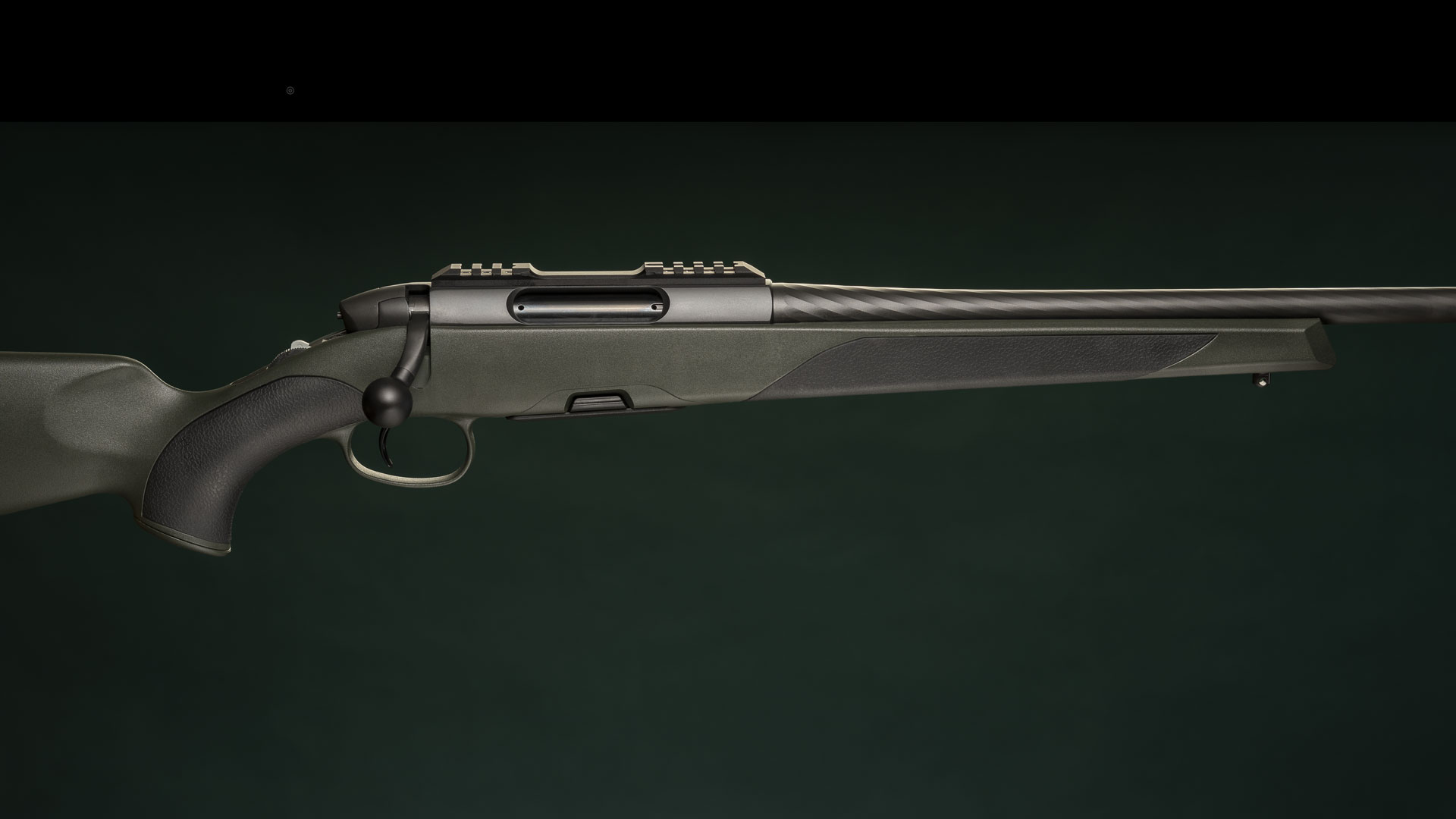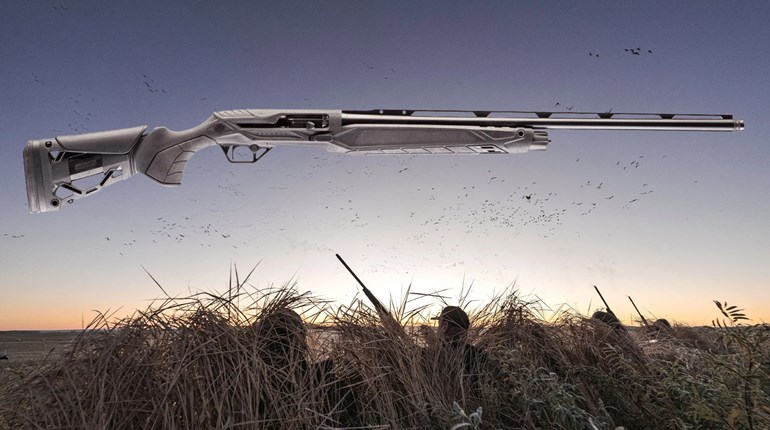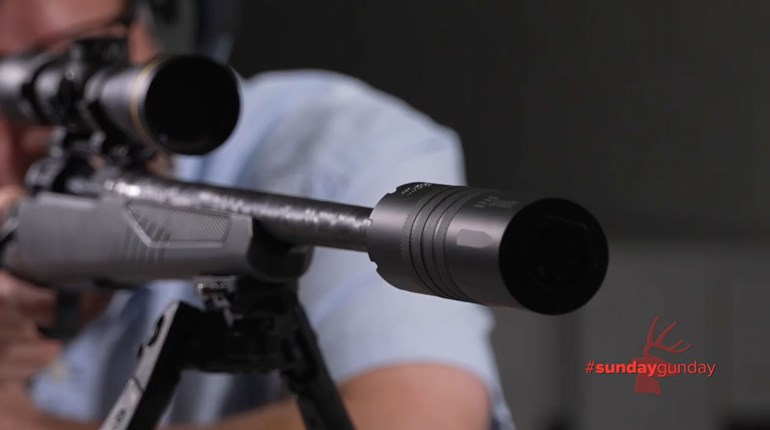
The buck was in the timber, and in the dim November morning, it wasn’t easy to make him out among the tangle of trunks and branches. I wasn’t hunting with a rifle I’d built, or even one of the precious custom rifles I’d accumulated over the years; the rifle I carried was pure utility with a street price south of $300. The rifle wasn’t going to matter much for this shot—it was plenty accurate enough to get the job done at far further than this. This shot was going to come down to optics: I needed a scope clear and bright enough to help me thread a bullet through a path to the buck, and one with an aiming point to ensure that my hold was good. Fortunately for me, my value-priced rifle was fitted with a premium scope that was more than up to the task.
 For years, writers like me have advised hunters to “spend more money on the scope than the rifle.” The reason is simple: cheap rifles usually work fairly well, but budget-priced optics often do not. Though this was good advice decades ago, it is even more relevant now. Thanks to a significant shift toward inexpensive but serviceable hunting rifles by the firearms industry, many “cheap” rifles have become perfectly adequate tools for the casual hunter, while optics manufacturers are putting out increasingly capable scopes with increasingly high price tags. These days, you don’t have to work very hard to spend more money on the optic than you do on the rifle itself.
For years, writers like me have advised hunters to “spend more money on the scope than the rifle.” The reason is simple: cheap rifles usually work fairly well, but budget-priced optics often do not. Though this was good advice decades ago, it is even more relevant now. Thanks to a significant shift toward inexpensive but serviceable hunting rifles by the firearms industry, many “cheap” rifles have become perfectly adequate tools for the casual hunter, while optics manufacturers are putting out increasingly capable scopes with increasingly high price tags. These days, you don’t have to work very hard to spend more money on the optic than you do on the rifle itself.
So what’s wrong with an inexpensive scope? Sometimes nothing. Scopes are manufactured, often by overseas companies that you’ve never heard of (regardless of the name on the box), to a certain specification. That specification is totally dependent on the scope’s price point. In most cases, a pricier scope is going to have more robust construction and more rigid internals than a scope at a lower cost. Great optical resolution and clear lenses don’t mean a thing if the scope won’t hold its zero or adjust reliably.
In the past few months alone, I’ve seen scopes whose erector systems failed under recoil, scopes that adjusted sporadically or quit working altogether when attempting to obtain a zero, and have even seen a reticle come loose inside the tube after a moderate fall. In each of these cases, the offending scopes had MSRPs of under $400. Mechanical objects break, and generally speaking, cheaper ones break more readily.
The last time I had a mule deer tag in my pocket, I was hunting with a great rifle that the maker had paired with an inexpensive optic. My own error caused my borrowed scope to take a pretty good bounce off of a boulder. A quick look through the optic and it was declared dead—the cause of death was blunt-force trauma. A few years earlier, I fell on some rocks while coming off a mountain during an elk hunt and my Leupold 6x42 took a very hard fall into a hunk of slate. Perhaps it was due to the rugged simplicity of the fixed-power scope (hint), but it didn’t so much as lose its zero, despite the scope turret and main tube being bent visibly.
When I was invited on this hunt, I knew I would be using one of Trijicon’s excellent AccuPoint scopes with their tritium illuminated reticles. What I didn’t know was that scope was to be paired with a Thompson/Center Compass rifle. The only T/C products I’d ever hunted with in the past had been their single-shot Encore, so I had no predisposition about the rifle other than I knew that it cost less than some of my scope mounts. I asked for one in 6.5 Creedmoor—because I’ve yet to see one that wouldn’t shoot—and picked the rifle up at my FFL a few days later. The Compass was simple, lightweight and functional.

The barrel was 5R rifled and threaded for use with a suppressor, but I kept the thread protector in place. The stock was made from injected-molded black synthetic material, and the recoil pad was soft enough to cut what little recoil this rifle produces. Like most rifles in its class, it fed from a polymer detachable box magazine. Weaver-style scope mounts came with the rifle, meaning there was one less thing to buy. I’ve shot a few rifles in this growing “budget big-game” category, and I have to say that the Compass balances and handles better than most. The trigger wasn’t great but it wasn’t bad, either. I didn’t put the Compass through any formal accuracy testing, but it shot sub-MOA groups readily with the Hornady Precision Hunter 143-grain ELD-X ammunition that I fed it both at the range and on the hunt. My perfect 6.5 Creedmoor luck held. The rifle was drama-free from the start.
Atop the rifle was a scope that cost nearly triple what the Compass would set you back, but worth every penny. As I mentioned, scopes break—erector systems collapse and adjustments fail to track correctly, it’s a more common occurrence than you might think. No brand is likely immune, but some instill far more confidence than others. Perhaps it’s due to their military hardware roots, but I have yet to see a Trijicon optic fail, and I take great confidence in their products. I was using the AccuPoint 4-16x50mm, a versatile unit ideal for the mixed terrain of eastern Wyoming. Trijicon’s AccuPoint line of scopes combine great glass and well-built mechanics with a tritium illumination system that never runs out of batteries. Thanks to that illuminated dot, these scopes can be used to make fast shots at low power and more precision hits with the magnification turned-up.
Many consumers judge the quality of a riflescope by its optical clarity or “brightness” alone. Those attributes are fairly low on my personal list of what I want in a scope, but the AccuPoint didn’t disappoint in that department, and it actually came in handy in the field. To me, a scope is first and foremost a sight. For that reason, I value the structural integrity of the design and the accuracy of the adjustments above all else—give me a scope that holds its zero and has dials that don’t lie and I’m happy.
I spent some time with this rifle and scope combination on my range at home before heading west, just to make sure there wouldn’t be any surprises during the hunt. The AccuPoint zeroed quickly and easily, thanks to precise and accurate adjustments, which was a sign of good things to come. Additionally, there was no hint of a point-of-impact shift, despite riding on two different airplanes. When Thompson/Center Arms’ Danielle Sanville and I checked the zeroes of our identical rifles and scopes on the evening of our arrival, both were spot-on. This is just one example of why an investment in quality optics is usually money well-spent.
The next morning, I headed out with Scott and Angie Denny, the owners of Table Mountain Outfitters, and hosts of the Sportsman Channel’s “THE LIFE.” The mid-November rut was in full swing, so our strategy was relatively simple: cover as much ground as possible and look for groups of does. When you spot does this time of year, you can bet that a buck won’t be far. The rolling terrain was mostly open but, being the Black Hills, there were plenty of timber patches scattered across the hillsides. The deer kept to the perceived safety of the timber, which also gave them some relief from the biting winds.
We spotted a group of deer in the timber above us and saw what looked like a dark-antlered mature buck among a harem of does. Angie and I headed up the hill, making what ended up being a very short stalk. It was still early, and the overcast skies weren’t providing much in the way of illumination under the canopy of ponderosa pine needles. Angie judged him with her binoculars and began setting up the shooting sticks for me to take a standing shot. Pro-tip: when the guide starts setting up the sticks, don’t ask whether he’s a shooter, get yourself ready to shoot. The buck’s brownish-gray body blended-in well amongst the shadows, and I was thankful for both the clarity of the optics and the glowing green dot at the reticle’s center. So much for my theory.

The buck saw us and I knew I had only a handful of seconds before he moved further into the timber and out of sight. The shot wasn’t a long one, just over 100 yards, but the dim light and tree branches surrounding his vitals did make it trickier than it needed to be. He turned to flee and stopped for a moment, his head turned toward me as his body quartered away. I held the tritium dot on a spot that would match the offside shoulder and made a quick trigger press. The buck fell where he’d been standing and never regained his footing. He was a 6x5 if you count his brow tines and his chocolate-colored main beams were thick and palmated, a solid buck for the area. Had it not been for the tritium dot, he likely would have trotted off into the timber. It was the scope—not the rifle—that really made the difference on this shot.
A few decades ago, when a Remington 700 went for $200 and a Weaver scope was $60, it would have been difficult to spend more money on the optic than the rifle, despite advice to the contrary. These days, however, the opposite is true. It isn’t tough to spend more cash on a quality optic than on a rifle, and that isn’t necessarily a bad thing. It certainly panned-out for me on this hunt. Everyone’s budget is different, and yours may not allow you to spend $1,000 or more on a scope, but with rifles such as the T/C Compass on the market, hunters can spend less money on a rifle and stretch their dollar on the optics—it’s almost never a bad idea.



































